10 Ways to Attract Owls and Bats to Your Garden This Fall
Creating a garden that attracts owls and bats can add a touch of magic to your outdoor space. These creatures play an important role in controlling pests, which can be a huge help during the fall. By making a few simple changes, you can invite them into your garden to enjoy the cooler weather. Let us show you how to make your garden a welcoming place for these nighttime helpers. With the right steps, you will be able to enjoy their presence while benefiting from their natural pest control.
This post may contain affiliate links, which helps keep this content free. Please read our disclosure for more info.
Install Nesting Boxes for Owls and Bats
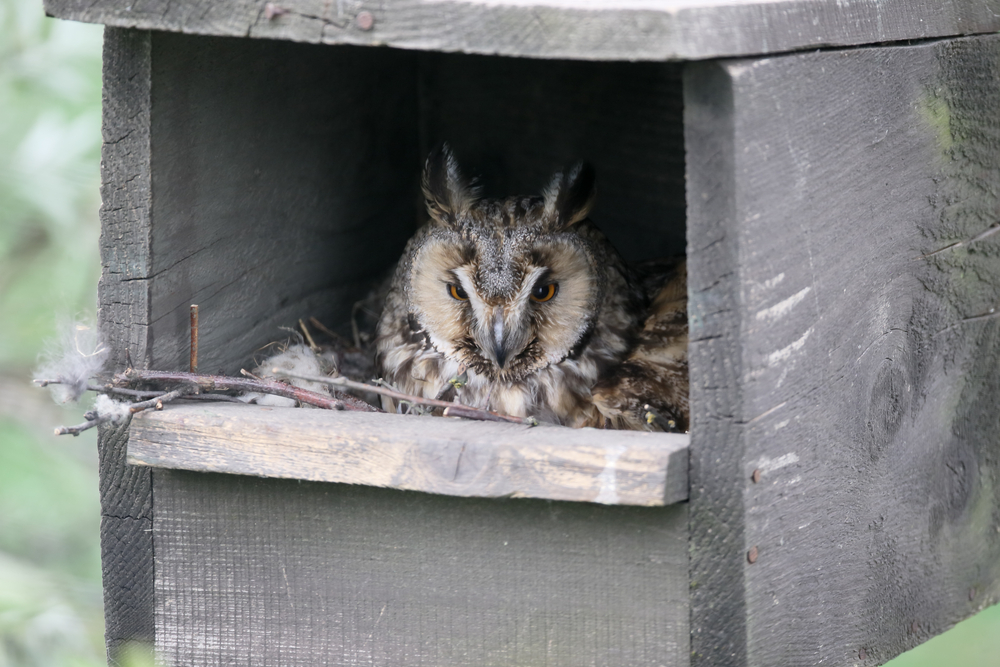
Nesting boxes are a great way to provide owls and bats with a safe space to rest or raise their young. For owls, place a box high in a tree or on a pole in an open area. Bat houses should be hung in warmer areas with plenty of space for them to fly in and out. Make sure to place these boxes away from strong winds and near natural food sources, like a pond or field.
Both owls and bats prefer quiet, secluded spots where they can avoid human activity. You can buy pre-made nesting boxes or build your own using simple materials. Just be sure the boxes are designed specifically for the type of animal you want to attract. A properly placed nesting box will attract these creatures in no time.
Plant Night-Blooming Flowers
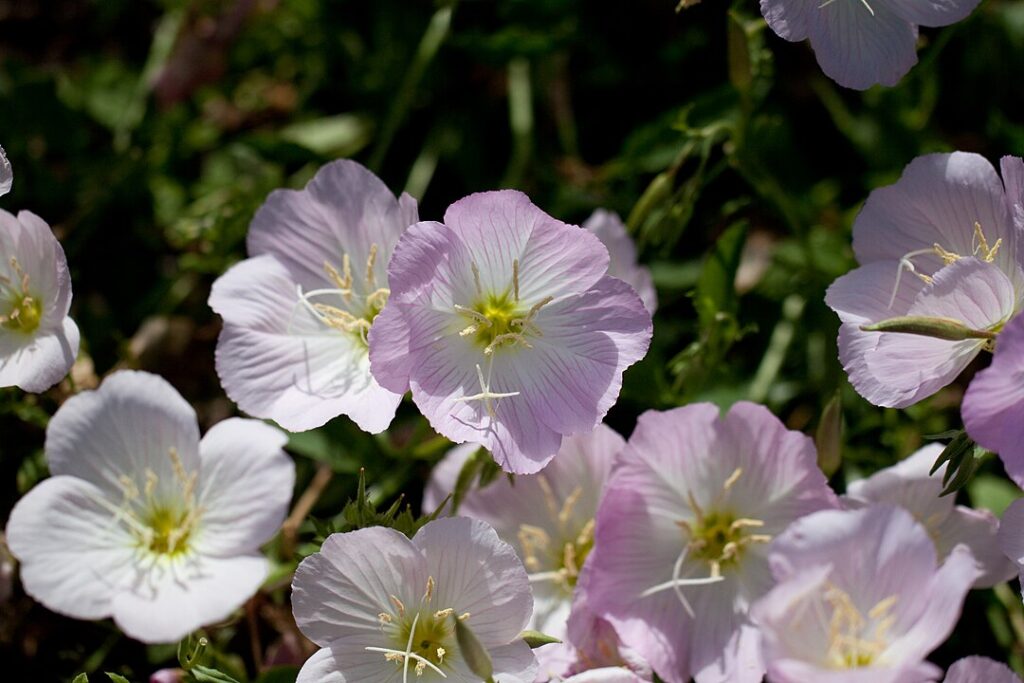
Night-blooming flowers are perfect for attracting bats, as they rely on nocturnal pollination. Plants such as evening primrose, moonflowers, and nicotiana emit scents and produce nectar that bats find irresistible. These plants also provide a habitat for insects that bats feed on, increasing their chances of visiting. Plant these flowers near your garden’s edge or along pathways to draw bats in for nighttime feeding.
Owls, on the other hand, are attracted to a variety of plants that provide shelter and food. While they are more likely to be attracted to trees or shrubs for roosting, night-blooming flowers can contribute to a rich, insect-friendly environment. Having both types of plants ensures you are creating a balanced ecosystem that benefits both bats and owls.
Create a Water Source

Owls and bats both need access to water, so adding a pond, birdbath, or small fountain to your garden is an excellent idea. Owls will appreciate a pond for hunting small aquatic animals, while bats drink water to stay hydrated. Place the water source in a quiet corner of your garden where both animals can approach without disturbance. Adding plants around the water will further enhance the appeal by providing cover for these creatures.
To keep your water source fresh and appealing, make sure it is regularly cleaned to avoid algae build-up. Shallow water with some rocks for perching is ideal for bats, as they prefer to hover while drinking. A well-maintained water feature not only attracts owls and bats but also adds beauty to your garden.
Avoid Pesticides
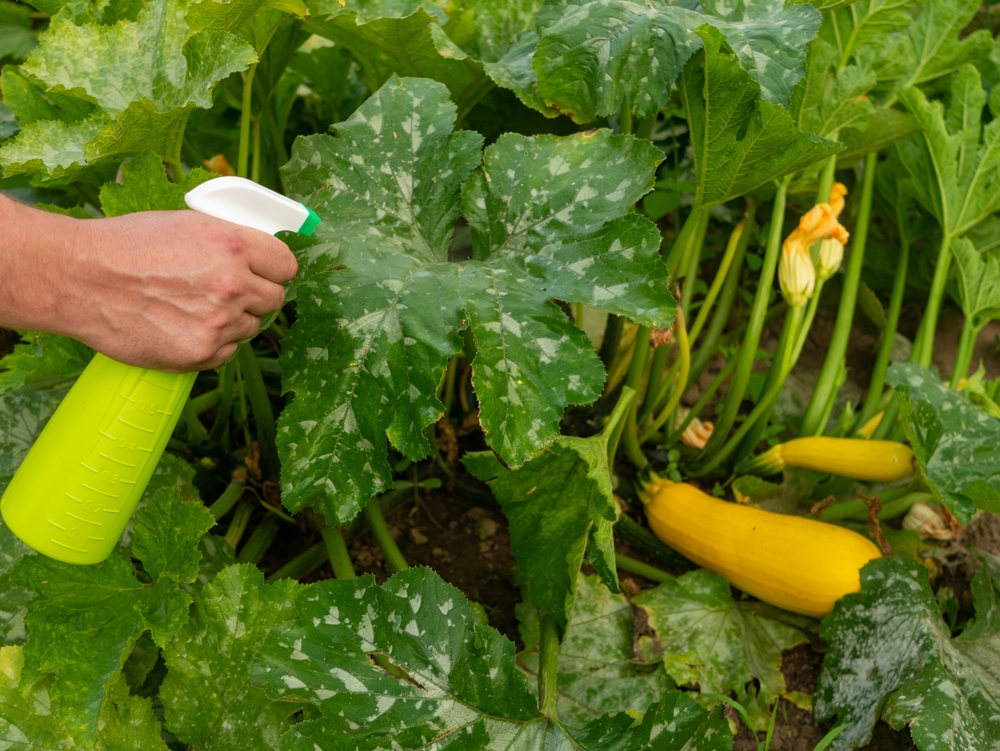
Using pesticides in your garden can discourage both owls and bats from visiting. These chemicals can kill the insects that bats rely on for food, while also harming the ecosystem. Instead of pesticides, focus on natural pest control methods like planting pest-repellent herbs or encouraging predatory insects. By reducing pesticide use, you are helping to ensure a healthy environment for both creatures.
Owls, too, benefit from a pesticide-free garden as it provides them with a steady supply of rodents. When you avoid chemical treatments, you create a more balanced, natural habitat. This is not only better for the environment but also for attracting more owls and bats to your garden.
Provide Natural Shelter
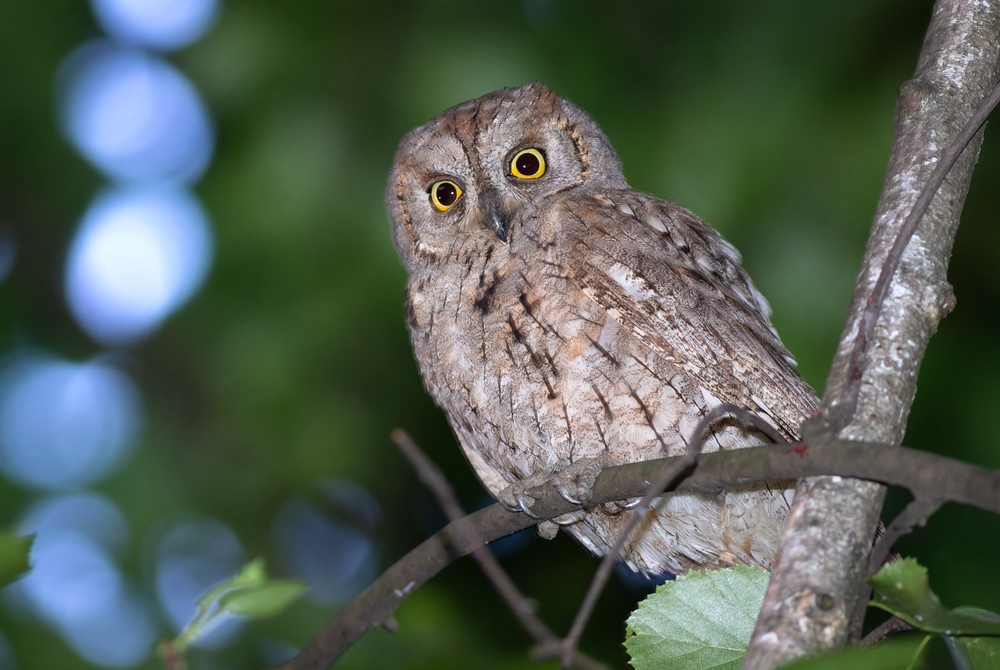
Owls like to roost in tall trees with dense branches, while bats prefer roosting in sheltered areas like tree hollows or under eaves. If you do not have large trees, consider adding trellises, tall shrubs, or even artificial tree structures. These can mimic the shelter that both owls and bats look for when resting during the day. The more variety in shelter, the more likely these creatures will feel comfortable in your garden.
Bats particularly enjoy areas with high, sheltered spots that protect them from predators. Planting dense shrubs and trees that create an overgrown, secluded feel will also attract owls. Creating a mix of shelter types increases the chances of drawing both owls and bats into your garden.
Use Bat-Friendly Lighting
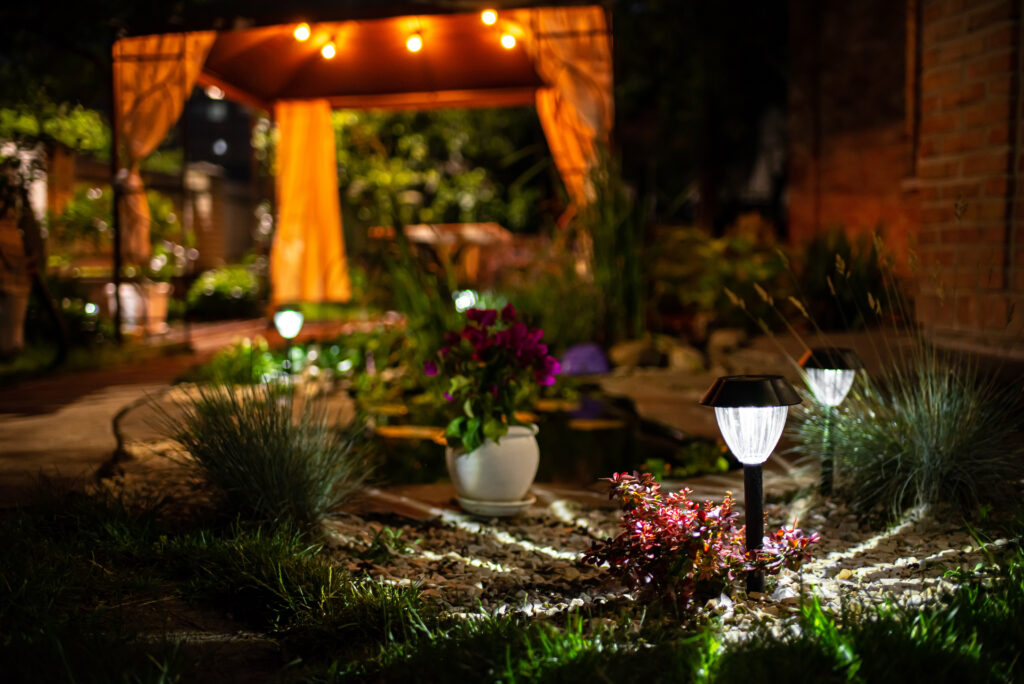
Bright lights are known to deter bats, so it is important to use lighting that does not disrupt their natural behavior. Instead of using bright outdoor lights, consider using motion-sensitive lights that turn on only when necessary. This reduces the overall light pollution in your garden and allows bats to continue foraging without disturbance. Low-intensity, warm-toned lights are better for creating a bat-friendly atmosphere.
Bats prefer darkness to hunt, so ensuring that your lighting does not interfere with their feeding patterns is crucial. Place lights away from nesting boxes and water sources to prevent deterring bats from visiting. By adjusting your lighting, you can create a more welcoming space for these nocturnal creatures.
Add a Compost Pile
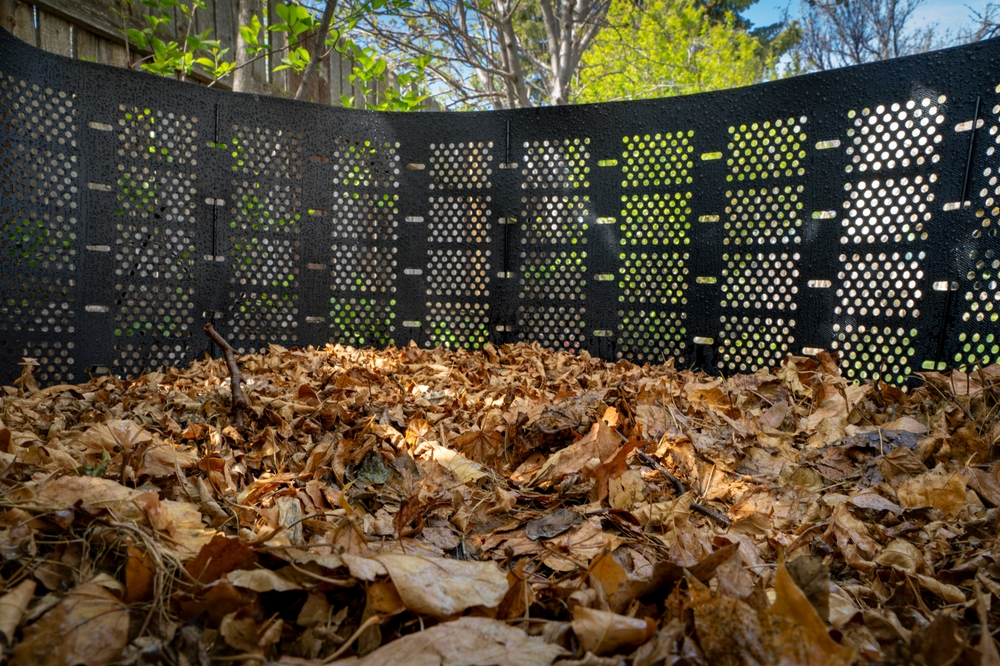
Composting not only helps reduce waste but also attracts insects, which are an excellent food source for both owls and bats. When you compost food scraps, you create a mini ecosystem that draws worms, flies, and beetles. These insects are a big draw for bats, as they rely on them for sustenance. Owls, meanwhile, will benefit from the rodents that often come to feed on decomposing organic matter.
Make sure your compost pile is kept in a sheltered area where it can remain moist and attract the right insects. Adding a layer of leaves or straw to the compost pile can also help create a more attractive habitat for insects. A well-maintained compost pile will become a hidden gem for both owls and bats in your garden.
Limit Human Activity at Night
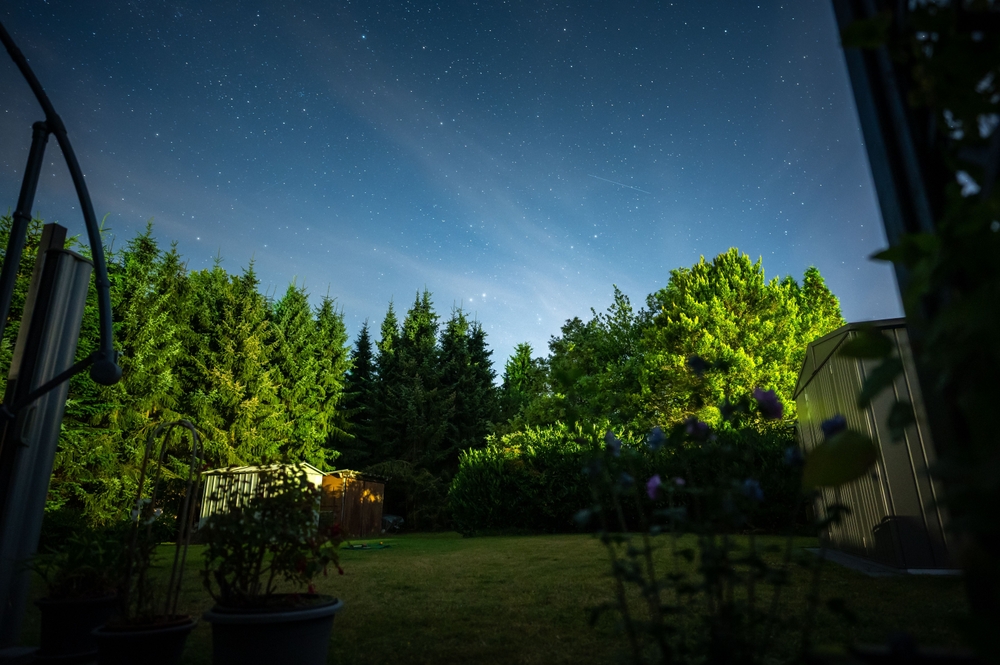
Both owls and bats are nocturnal creatures, so minimizing human activity in the garden at night is key to attracting them. These animals are sensitive to noise and disturbances, so the quieter and more secluded your garden is, the better. Set up seating areas that are far from nesting boxes and water sources to avoid disturbing them. The fewer interruptions they experience, the more likely they are to visit your garden at night.
By creating a peaceful environment, you encourage owls and bats to use your garden regularly. Avoid using bright lights or making loud noises after dusk, as this will help keep the area calm. A quiet, dark garden will give these creatures the comfort they need to feel at home.
Leave Dead Trees for Habitat
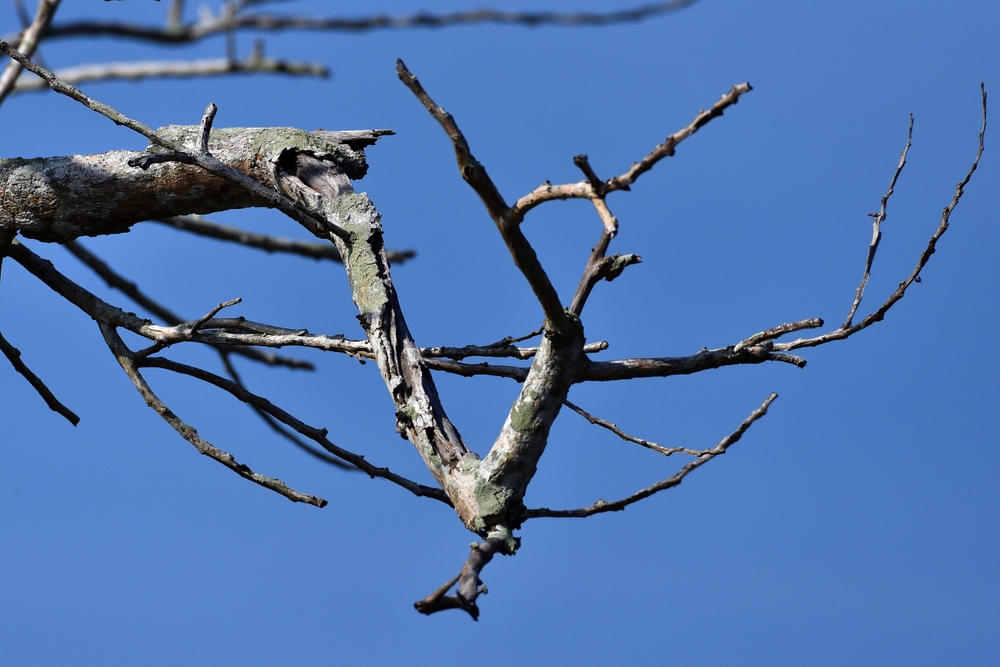
Dead trees, or snags, are excellent places for owls and bats to roost. While these trees may seem like a nuisance, they provide essential shelter for these creatures. Owls often roost in the cavities of old trees, while bats love to nest under loose bark or in hollow spaces. If possible, leave some dead trees in your garden, as they are invaluable to these animals.
Make sure to keep these trees in areas where they are not a safety hazard. Dead trees can also provide a great place for insects to thrive, which in turn attracts bats. If you have dead trees, leave them as natural features to increase the appeal for owls and bats.
Reduce Lawn Area
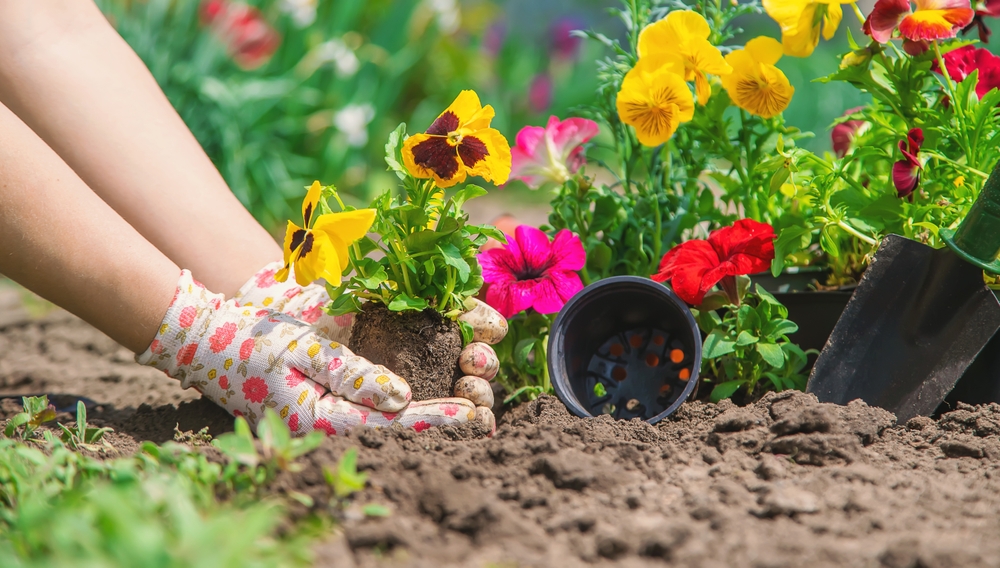
Owls prefer hunting in tall grasses or dense vegetation, as these areas provide cover for their prey. By reducing the amount of lawn area and incorporating more natural plants and ground cover, you will attract more rodents for owls to hunt. Bats, too, benefit from areas with tall grasses, as they provide a good hiding place for insects. Avoid manicured lawns and instead focus on creating wild, overgrown patches of vegetation.
Adding ground cover plants like clover or wildflowers will help mimic the natural environment. A less maintained lawn encourages more wildlife, which in turn attracts owls and bats. Reducing the lawn size is a great step in creating a more attractive garden for both creatures.
This article originally appeared on Avocadu.
